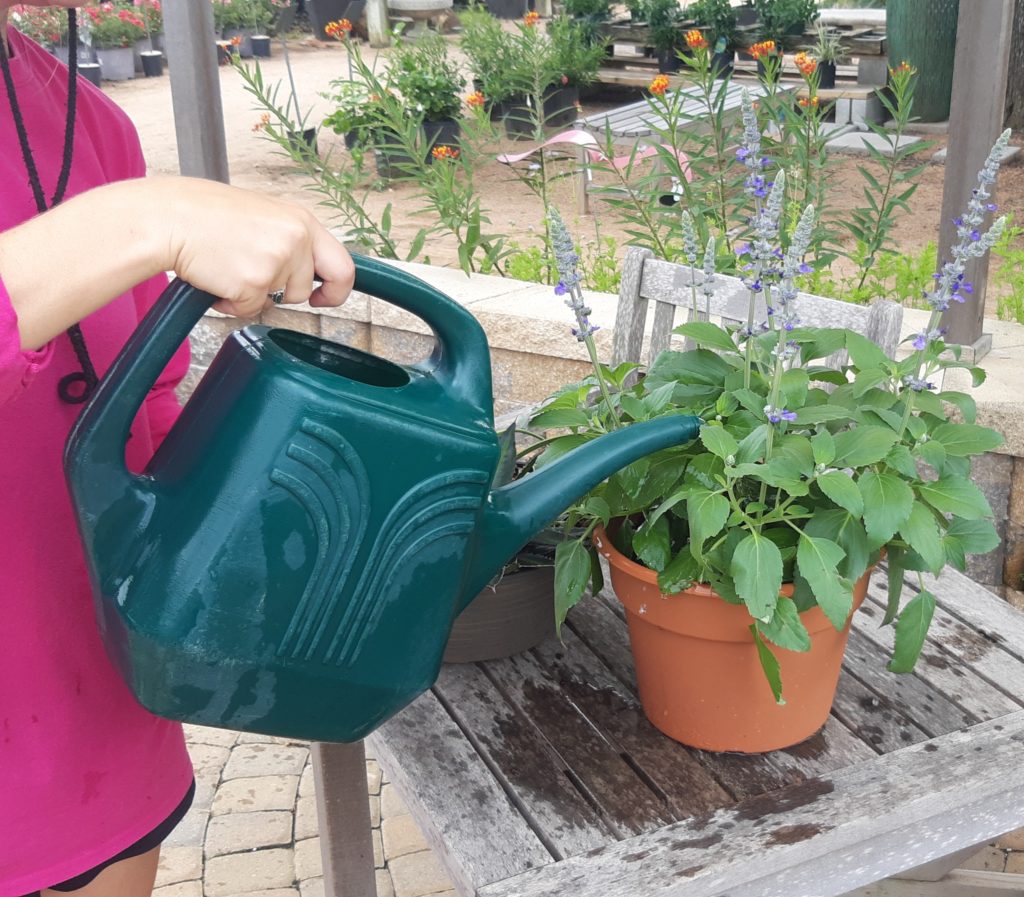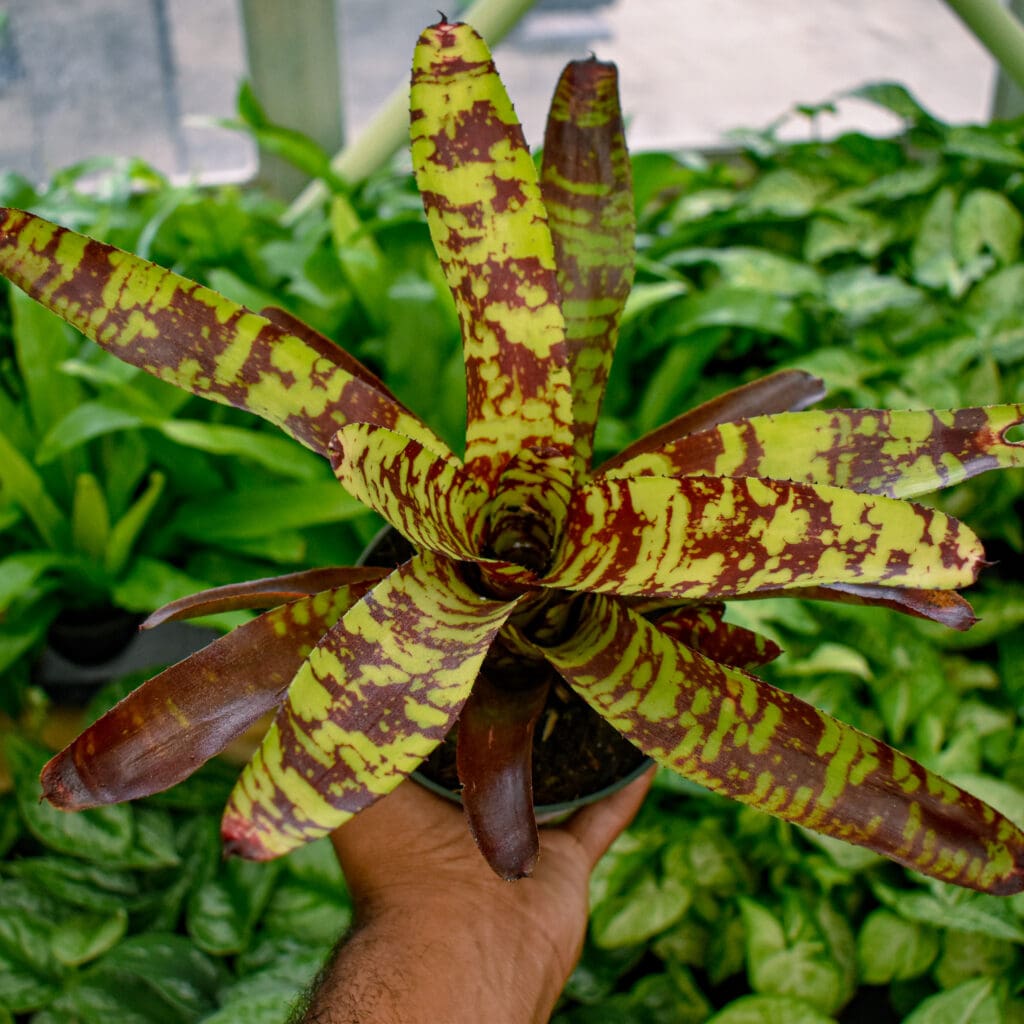December is here! These last few weeks of 2023 are sure to fly by. Our advice: make sure you spend some time in the garden to balance out the hectic holiday season. Here are our top to-do’s this month: what to plant, gift ideas, holiday plant care, and more.
Check out our December Garden Guide for more tips and remember that trees, shrubs, and perennials can be planted 12 months out of the year! The only difference is the amount of water they need depending on temperatures and wind!
1. These Plants Want to Be Planted in December
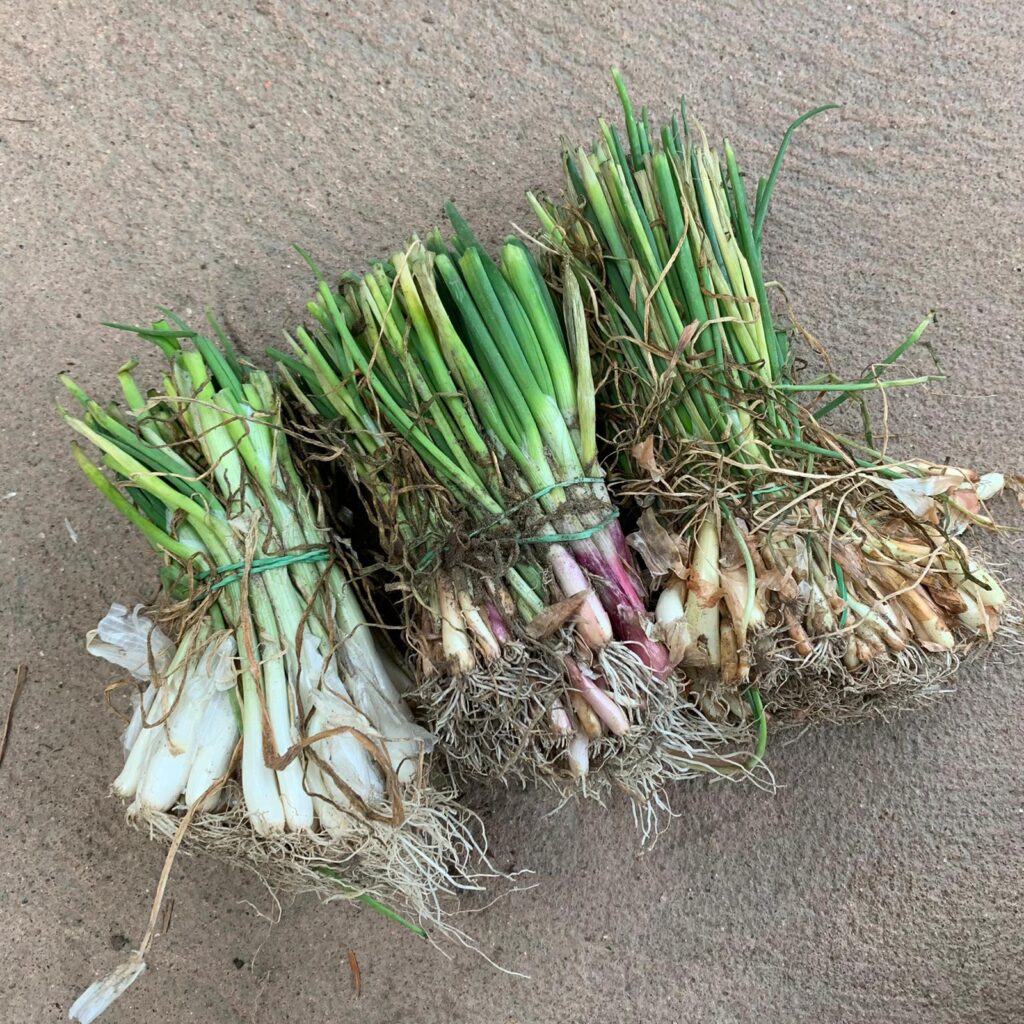
There’s always the BEST time to get plants growing and here’s a few that LOVE this season as much as we do!
Trees…shade, flowering, small, big, they all benefit from planting now. Good root development during the cooler months of winter gives them better growth in spring and a deeper, stronger root system to withstand the summer heat.
Onions…we grow short-day onion varieties here in South Texas. Lucky for us the 1015 Texas Supersweet is one of those along with tasty Texas Early White & Southern Belle Red.
Roses…our mild winters are perfect for big, beautiful roses & the cooler temps will only make them prettier and the flower color richer.
Ornamental Cabbage…these winter classics need to be planted early this month and enjoyed through the season! Easy care, vibrant colors, and unique texture in the garden.
Alyssum…gorgeous white blooms all winter long. Did you know Alyssum flowers and leaves are edible? They have a pungent horseradish-y flavor.
Other plants that require short days…some plants require short days/enough hours of darkness to bloom and look their best. Think Aloes and other outdoor succulents, Camelia, native Salvia greggii, and Kalanchoes!
2. Tips for Holiday Plants
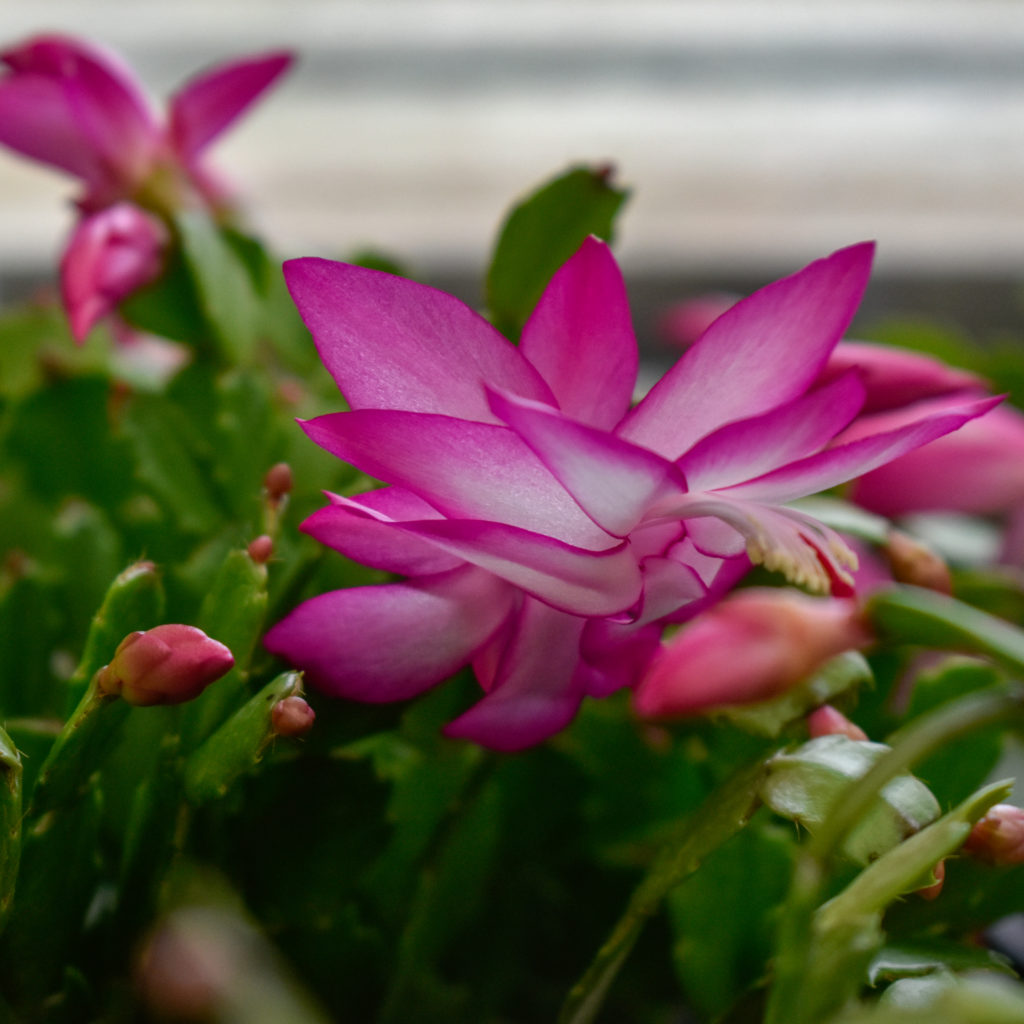
Fresh-cut Christmas Trees…we give all of our trees a fresh cut and get them in water immediately to preserve their freshness. Many customers ask us for another fresh cut before they take the tree home. If you decide to have us do another fresh cut, or if you do it yourself, keep in mind that you have 10 minutes to get the tree in water before that cut seals over! Check water in your tree stand daily and keep it full. If you have pets who like to drink or splash the water, try covering with a piece of foil.
Poinsettias…Think of poinsettias as succulents – because they are! They are a type of euphorbia. That means give them a good drink, but let them dry out between waterings. Also, the leaves bruise and break easily, so avoid touching them as much as possible. So tempting to touch!
Christmas Cactus…Probably the easiest of all holiday plants, and they can last a LONG time! There are stories of Christmas Cacti that have been gifted and passed down through families for 100+ years. They like well-lit areas, but not direct sunlight. Let dry between waterings, then mist the leaves as well as water the soil when its time to water.
Living Holiday Trees…Junipers, Norfolk Pines, Loblolly Pines, Magnolias and Ficus trees all make great Christmas trees that can be planted outside after the holidays. If you bring these in for decorating, be sure they have good bright natural light. Keep watered but not too much, and as soon as the holidays are done…take them outdoors for a breath of fresh air and get them in the ground.
3. Think Gifts for Gardeners!
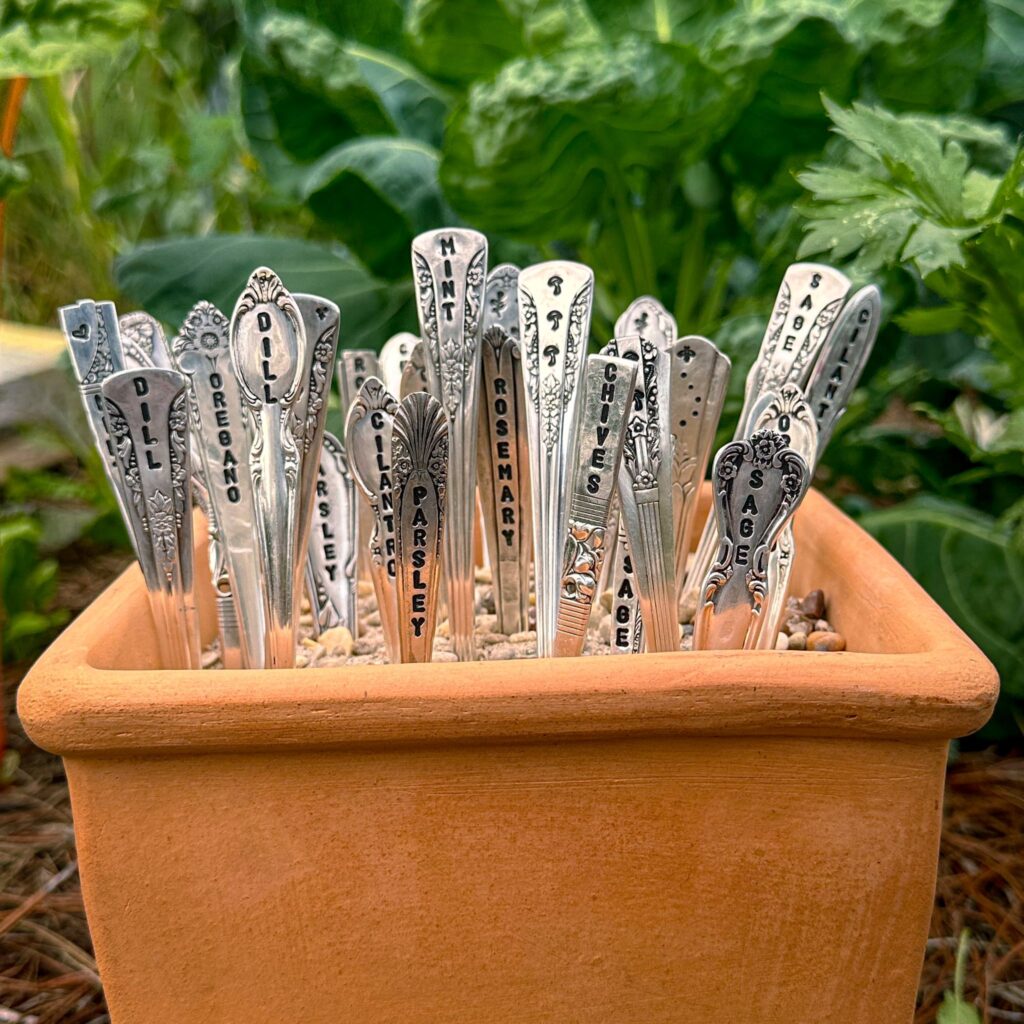
If you have gardeners on your list this year, we’ve got you covered! Silverware herb markers, handmade ornaments, quality tools and gloves, nature-themed holiday cards, beautiful houseplant cutting jars, and lots more unique garden gifts. And of course, plants!! If they’re picky, you can’t go wrong with a Gill’s gift card!
4. Plant and Feed Winter Flowers
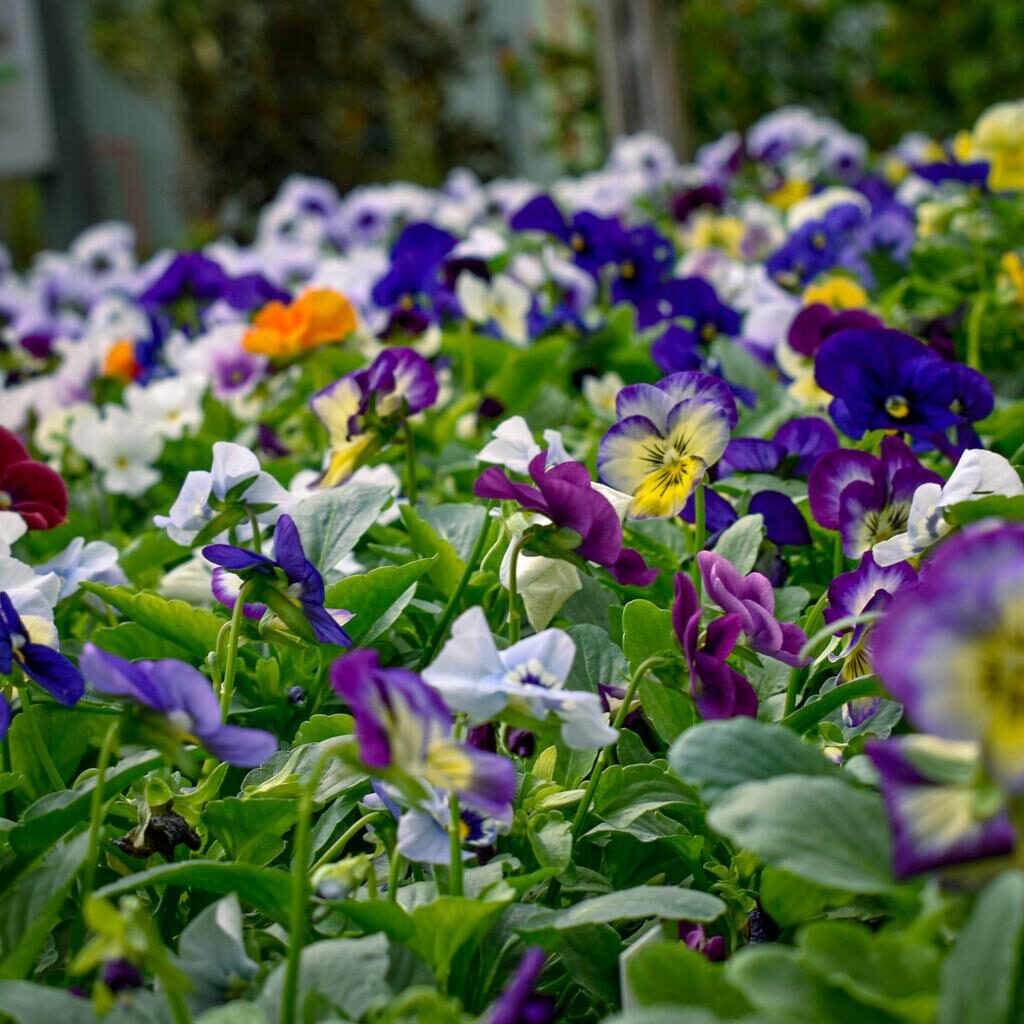
Winter flowers are AMAZING right now! Violas and Pansies are breathtaking and Geraniums are full of buds and blooms. All that blooming makes them hungry, so take a moment and fertilize your beauties. We love using granular Plant Tone once a month, then following up with liquid Hasta Gro every 2 weeks. Both are organic and give you big results. Have that “one more empty pot” to fill?
5. Adjust Your Houseplant Care for Winter

Most houseplants will not experience a complete dormancy period during winter, but they will slow down growth and react to climatic changes like drier conditions inside the house. Give your houseplants more light and less water as temperatures and the amount of daylight hours drop. Dust/shine leaves regularly to ward off insects. Cooler temps = drier conditions and less of the humidity that houseplants love. Try grouping them together to create more humidity, or use a humidifier. When bringing patio plants inside for cold snaps, be sure to treat with All Seasons Horticultural Oil spray to prevent any pests (like scale insects) from hitching a ride indoors.
6. Start Thinking About Frost Prep
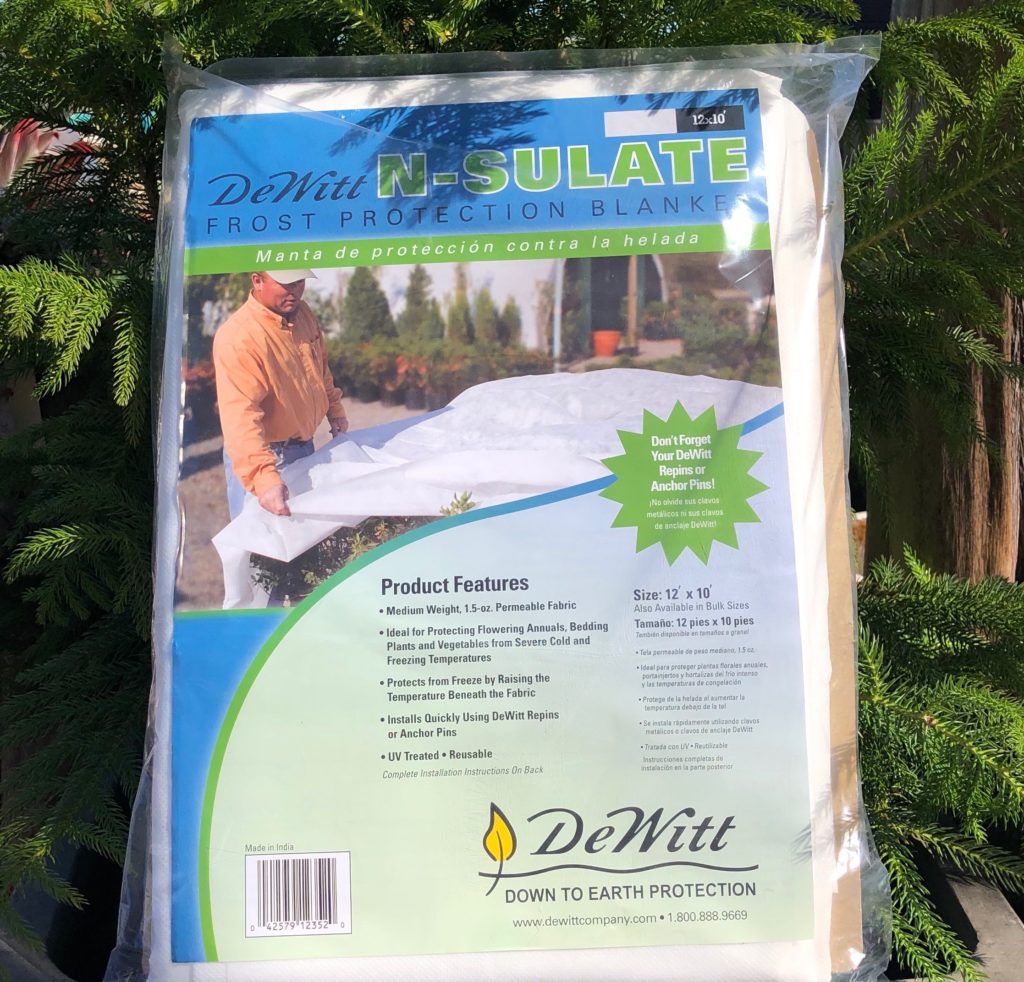
We typically don’t get a frost until January or February, but there’s always a chance! Be sure you’ve got your frost blankets or frost cloth ready to protect any tender outdoor tropicals and new plantings. Mulch beds at 2-3″ deep to help seal in warmth. And don’t prune yet! Remember that pruning signals to a plant that it’s time to put on new growth. Instead, plant leaves need to harden off and go dormant for the winter. Foliage that you leave on the plant will help insulate it against cold weather.
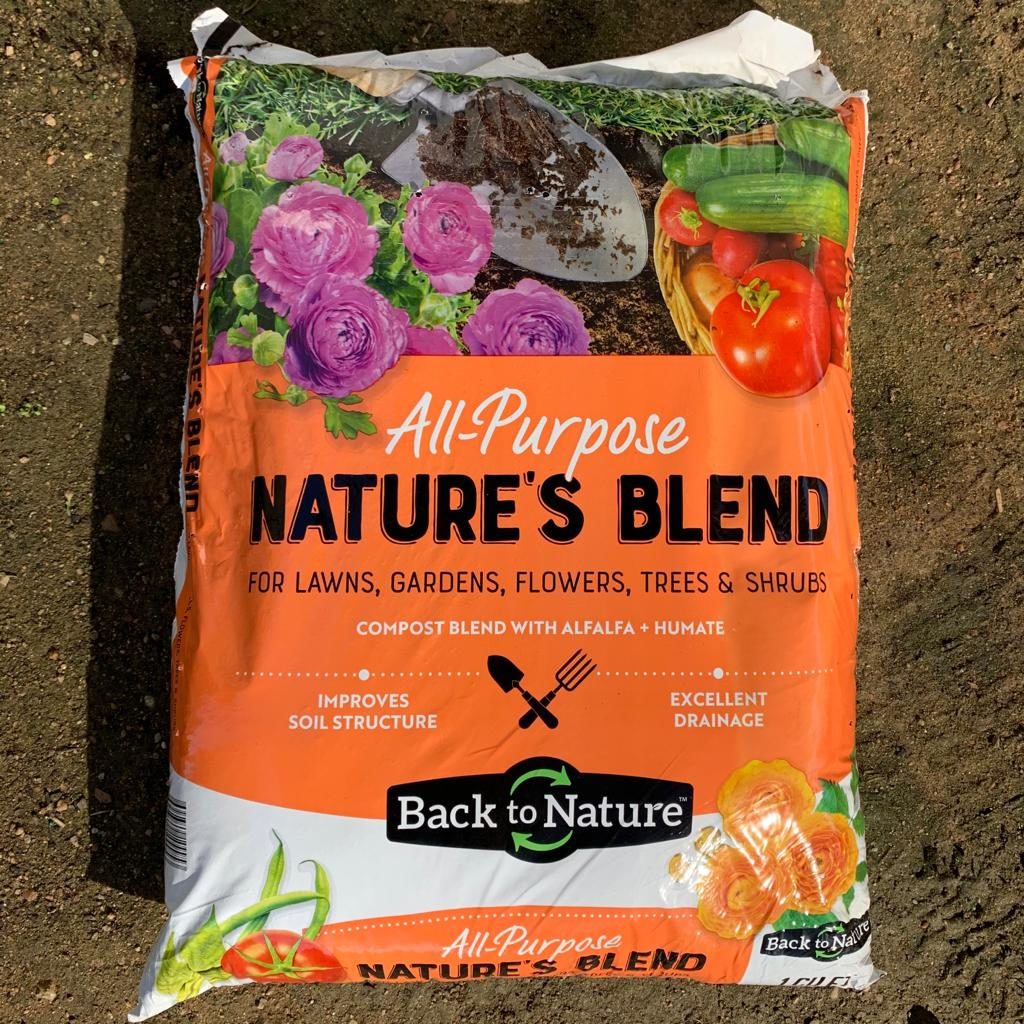
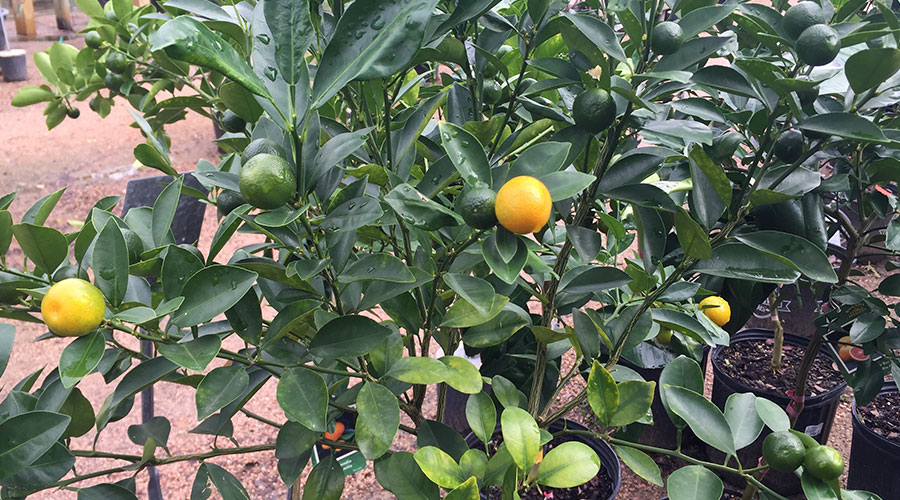
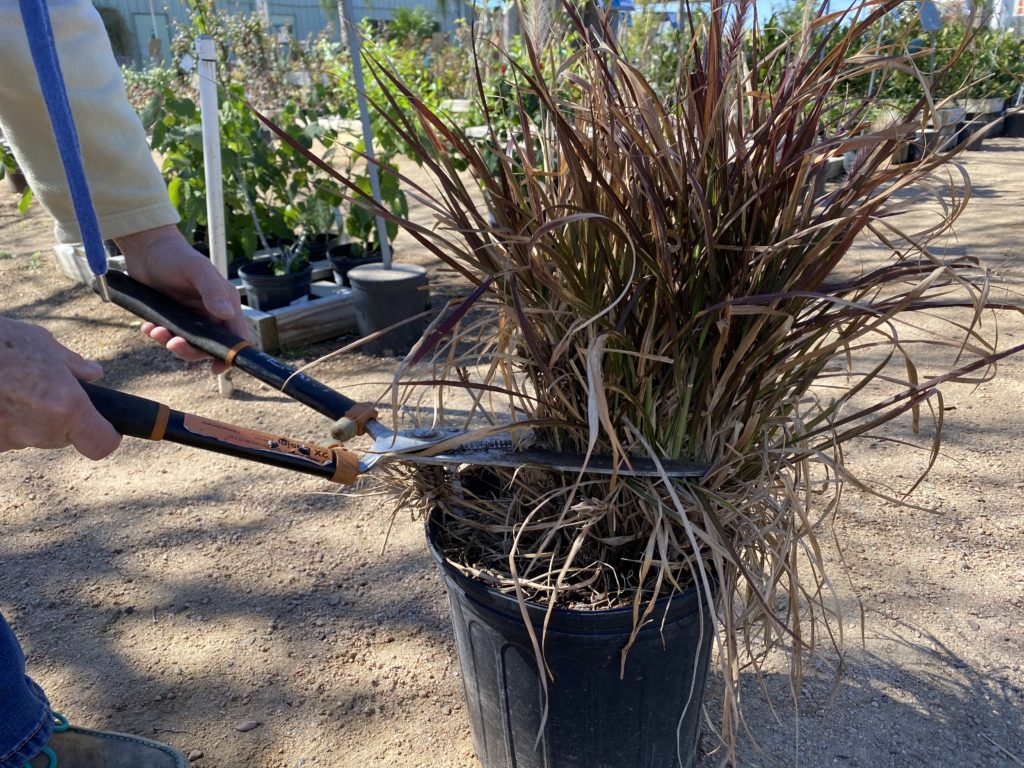
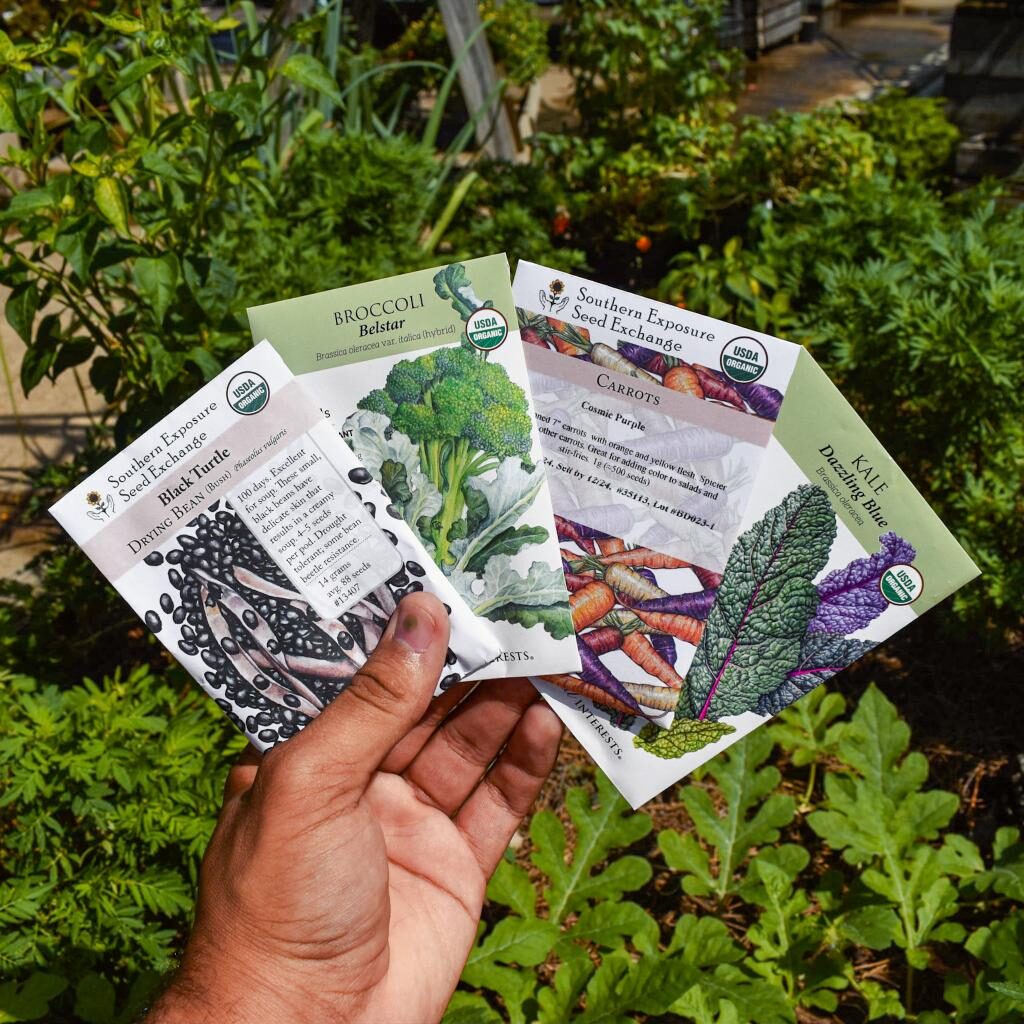
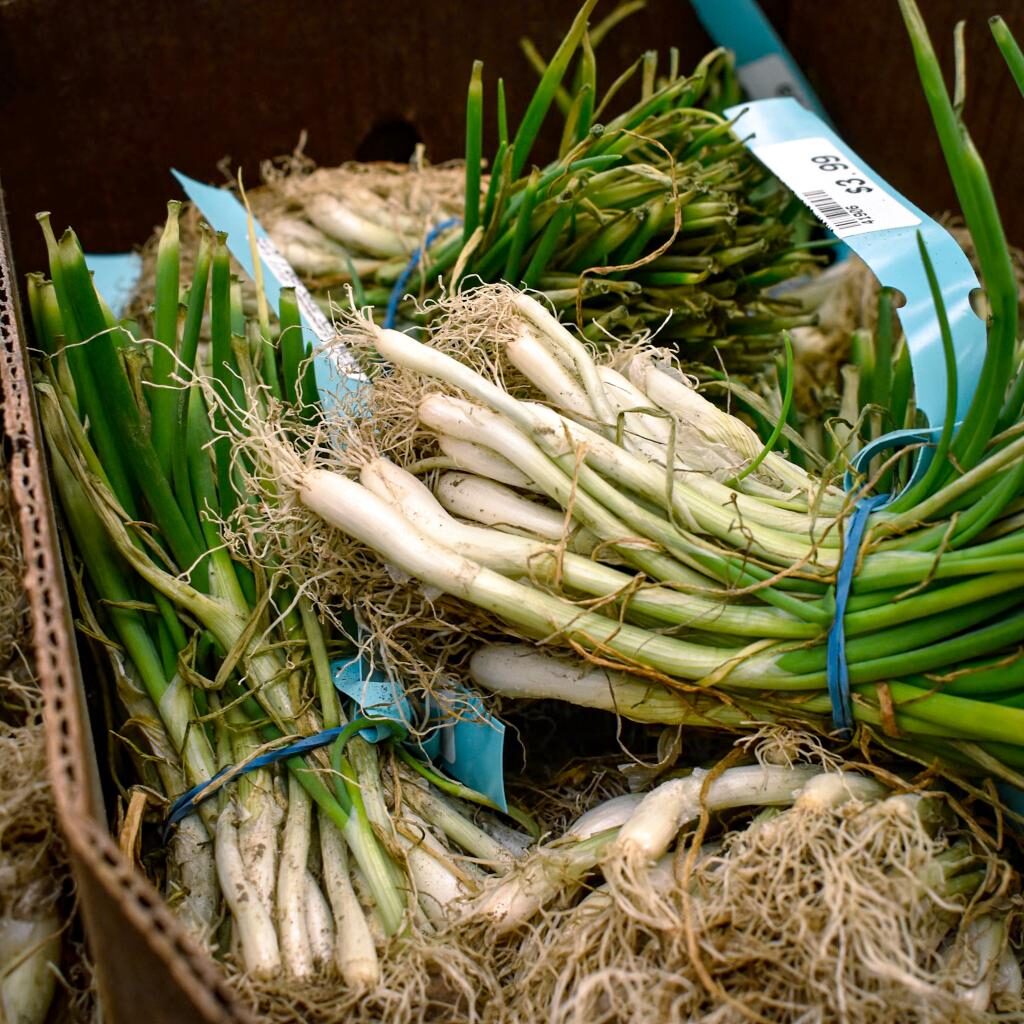
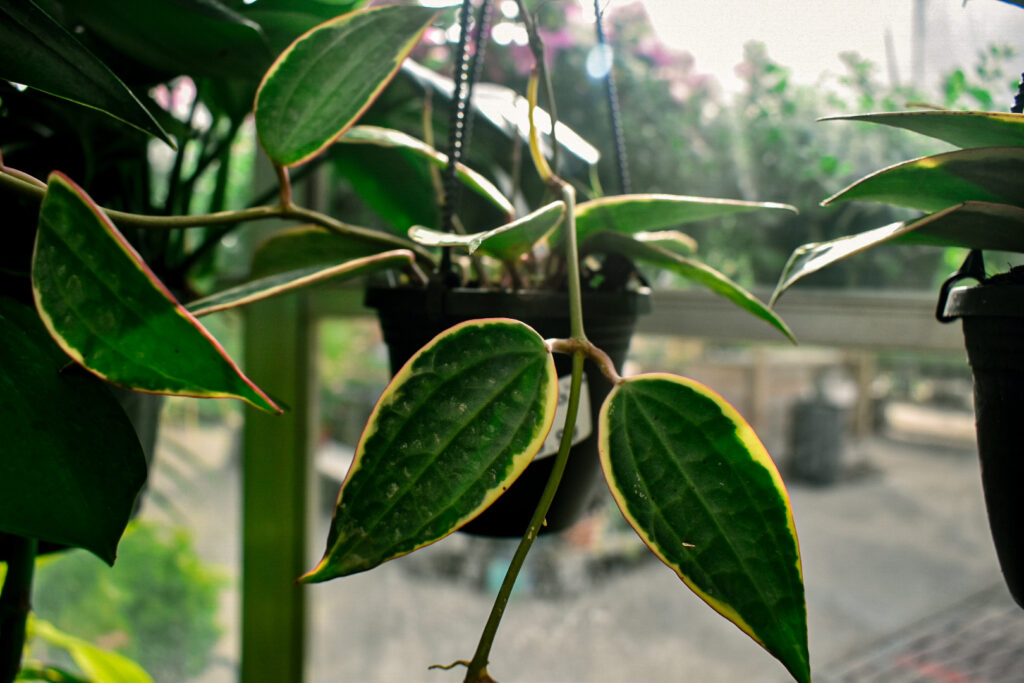
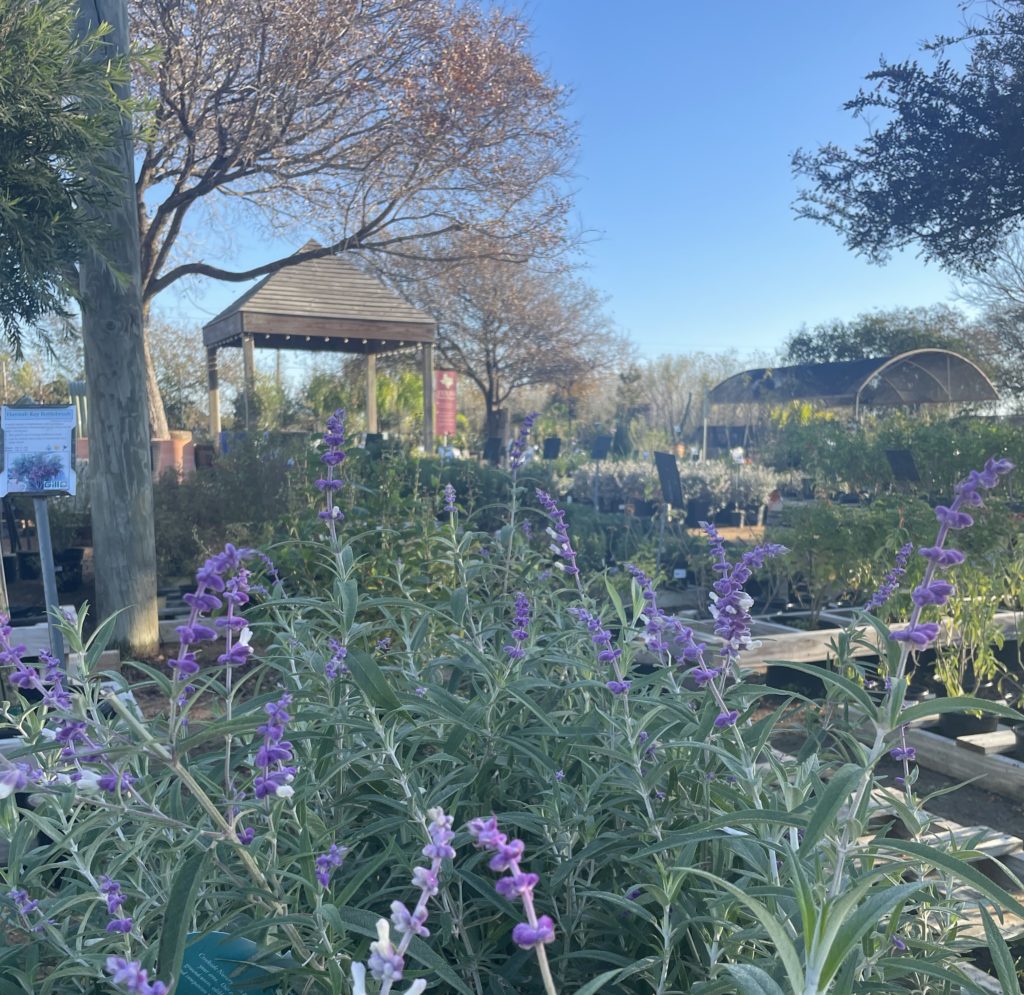
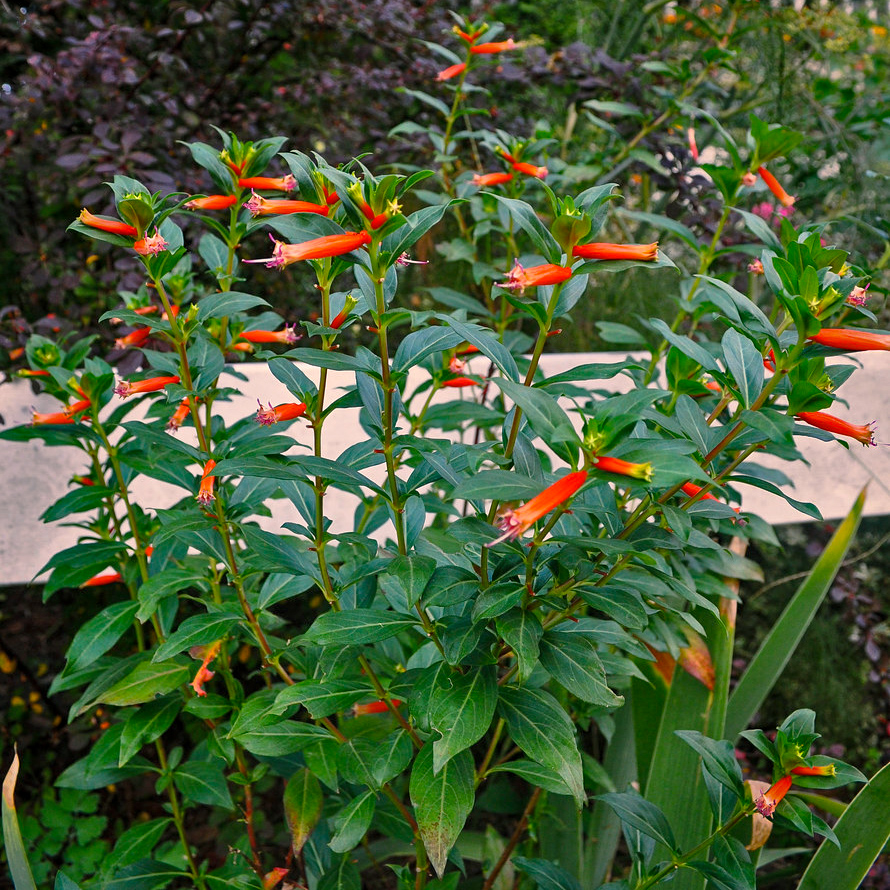
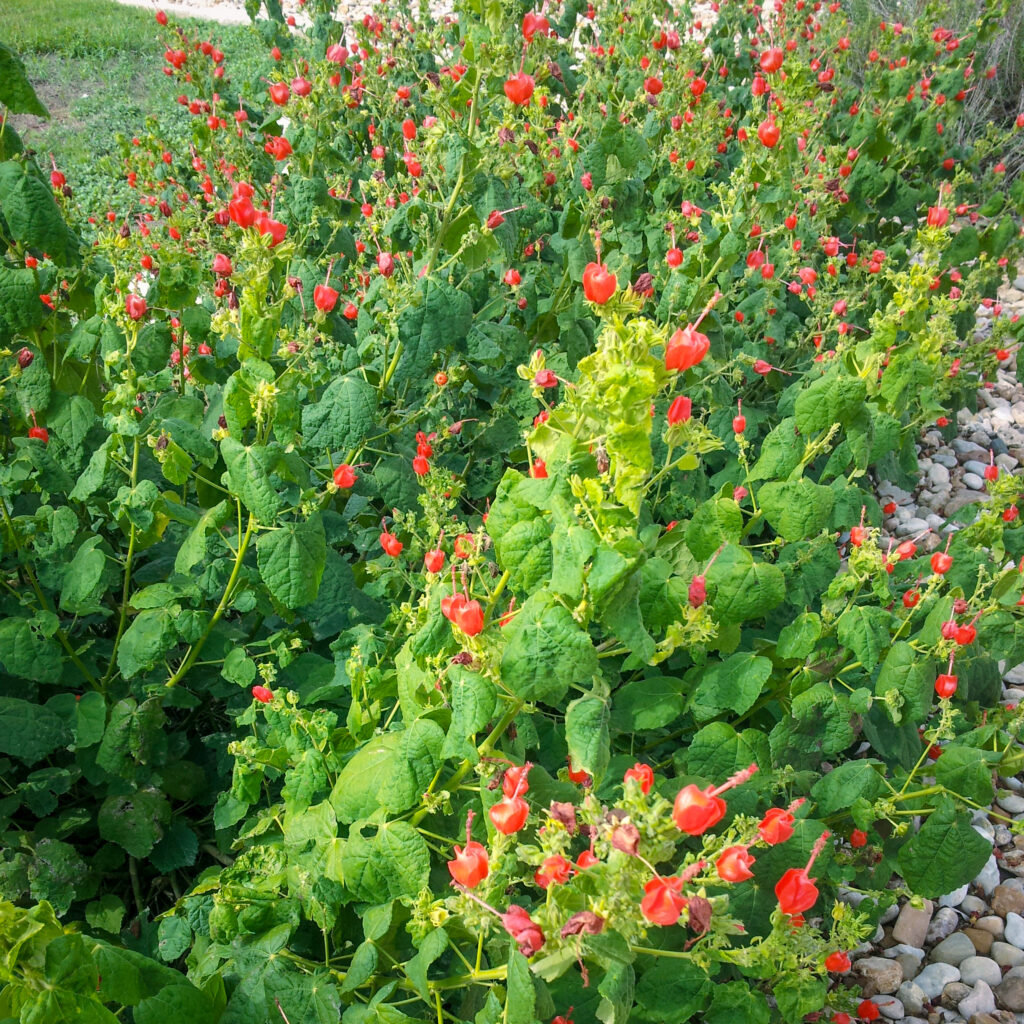

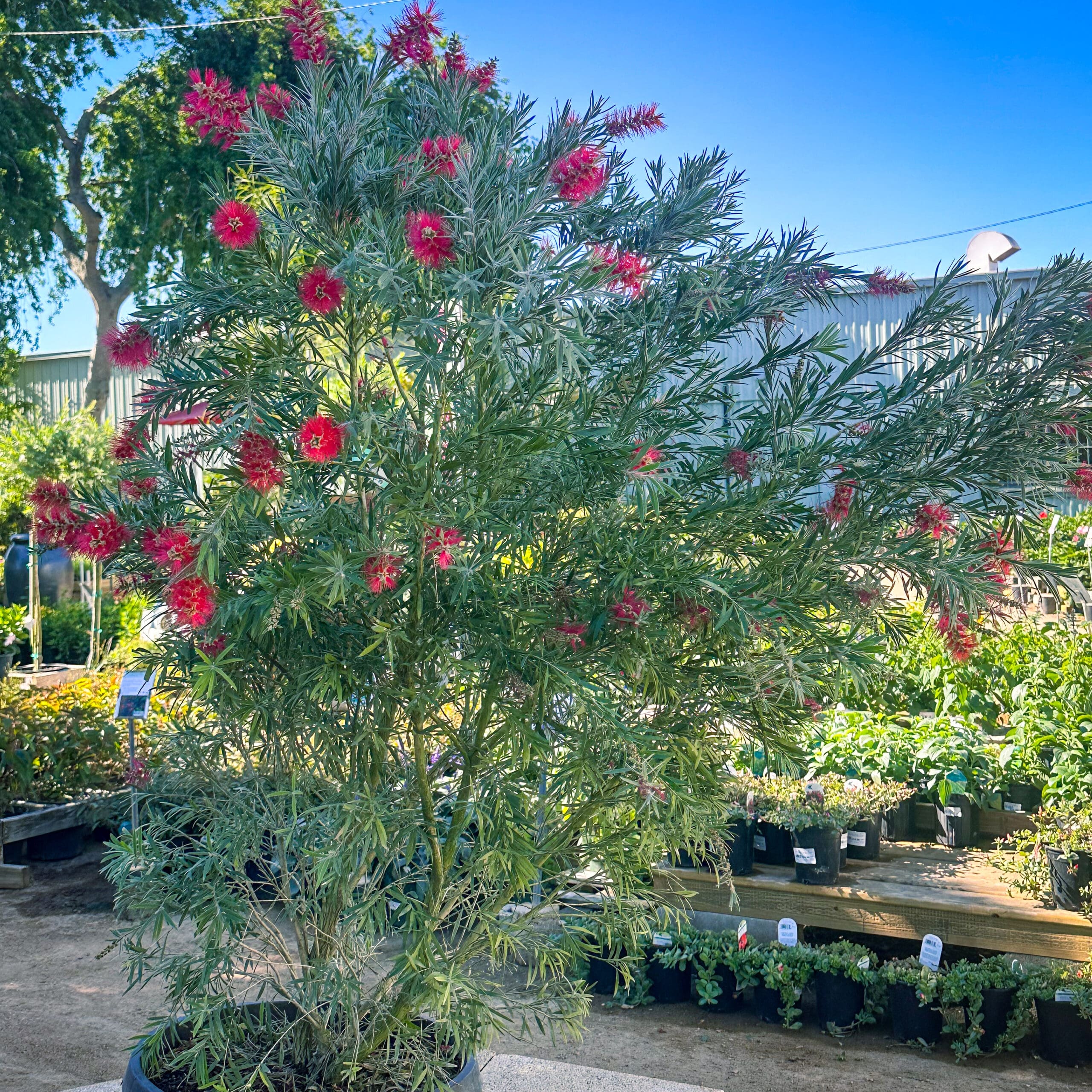
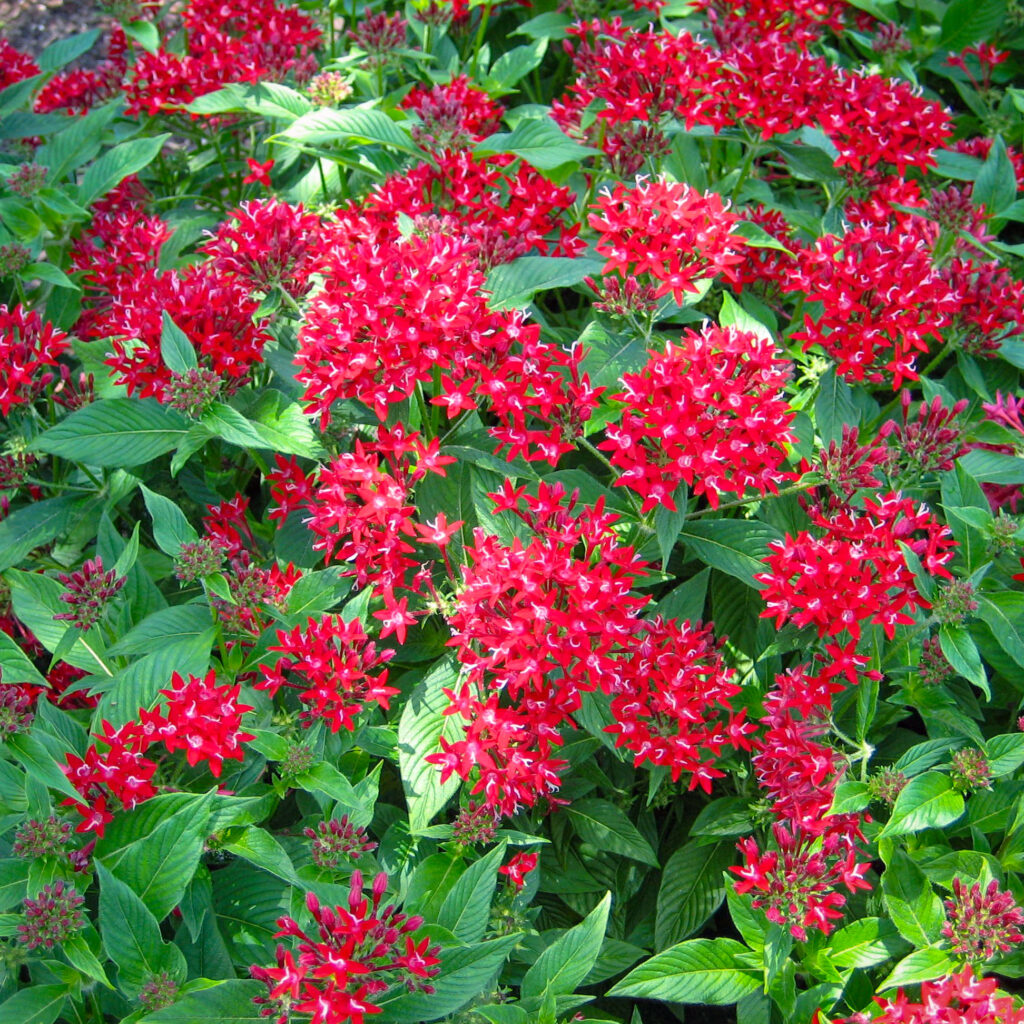
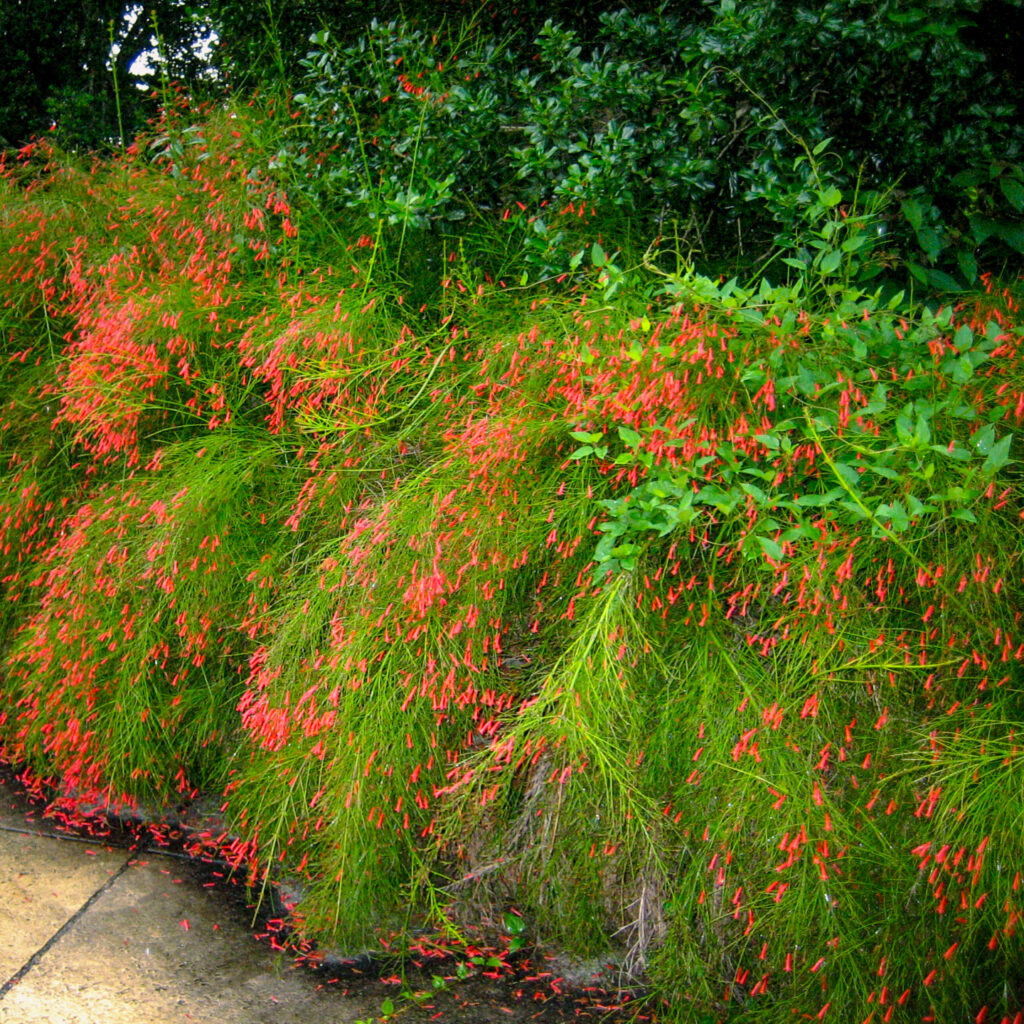
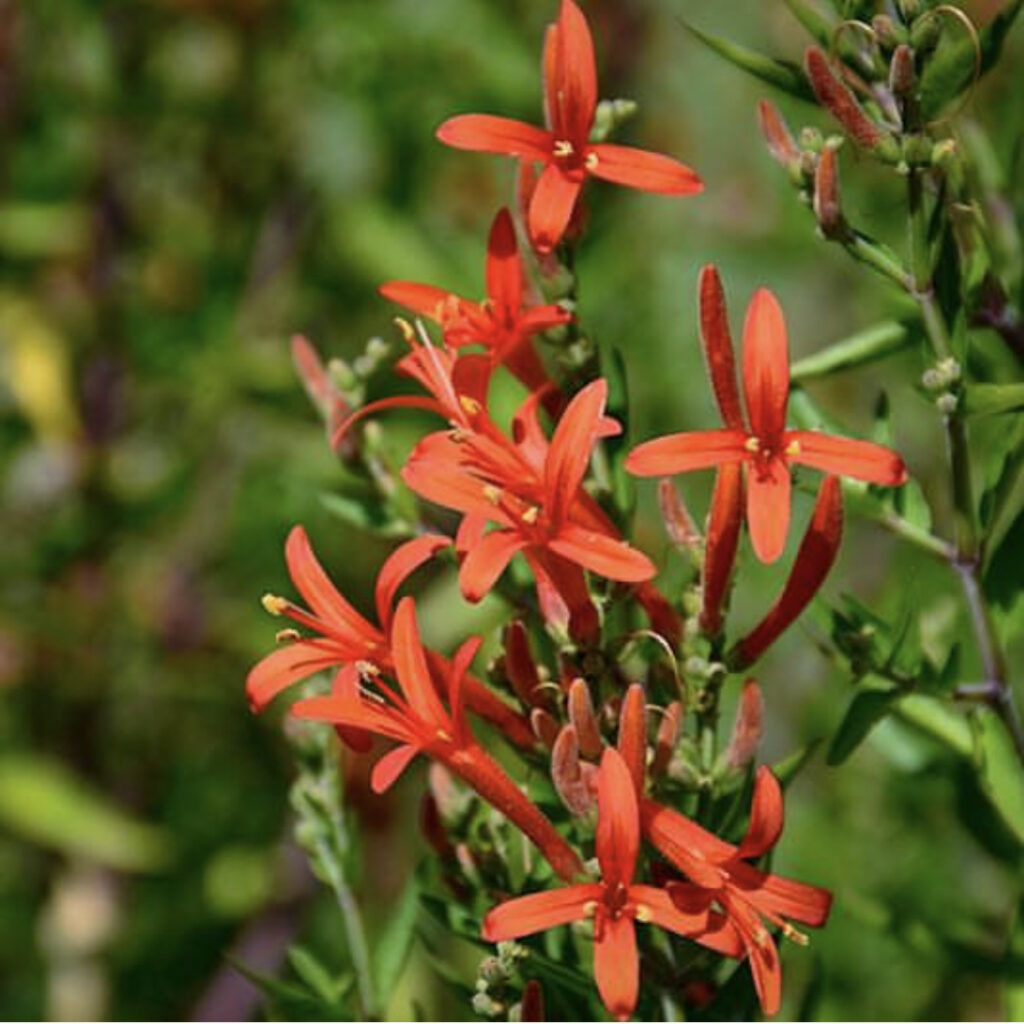
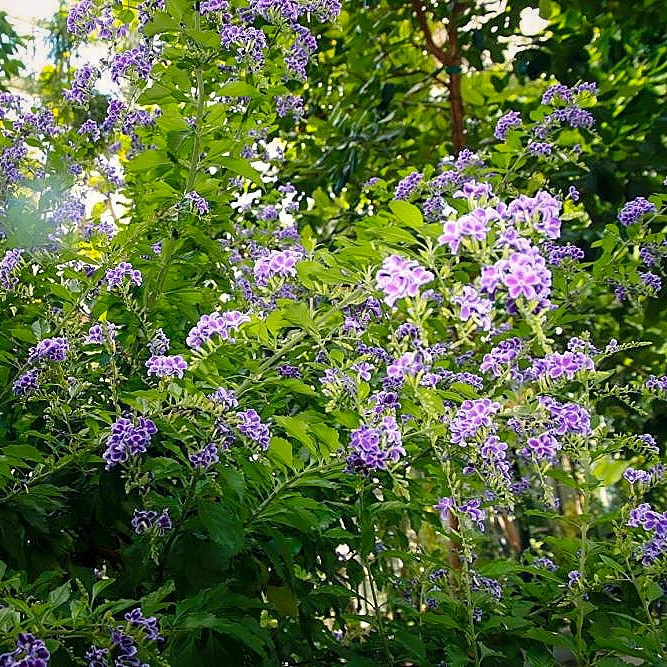
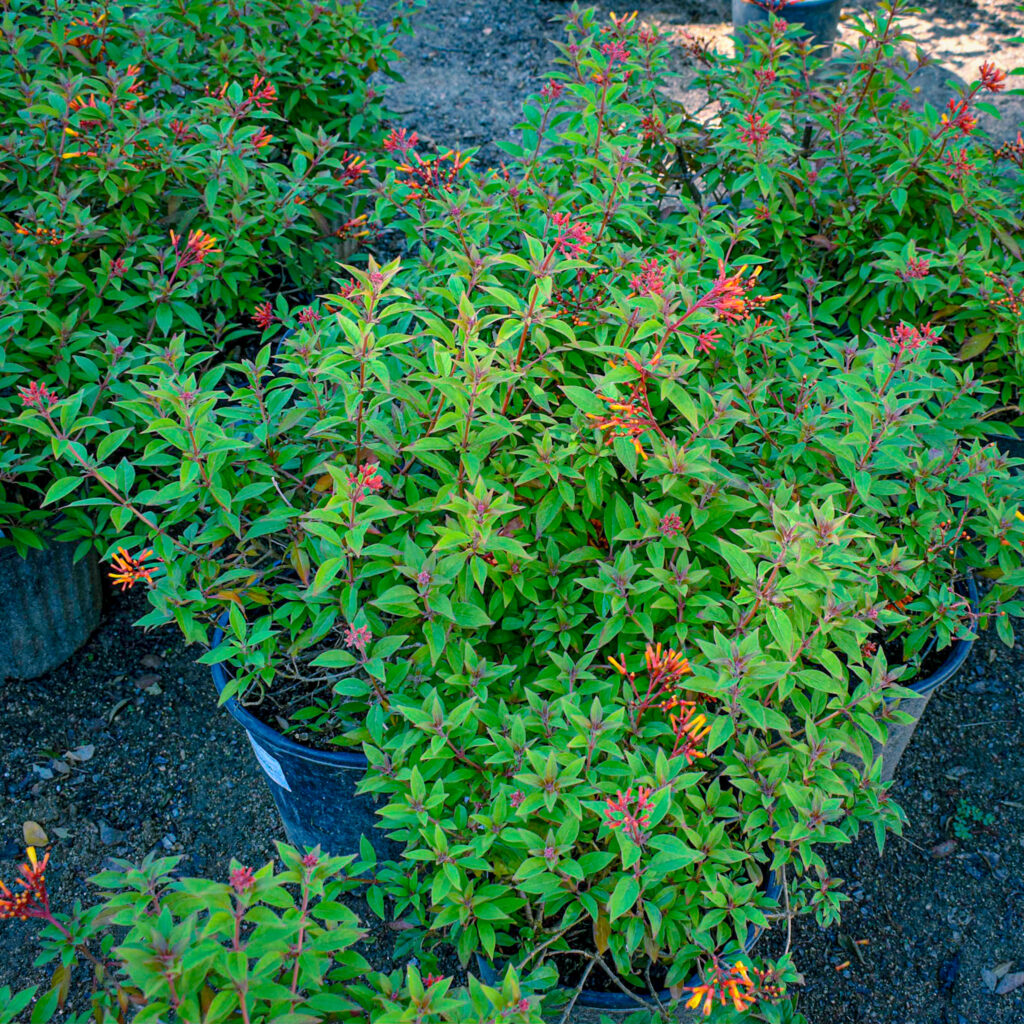

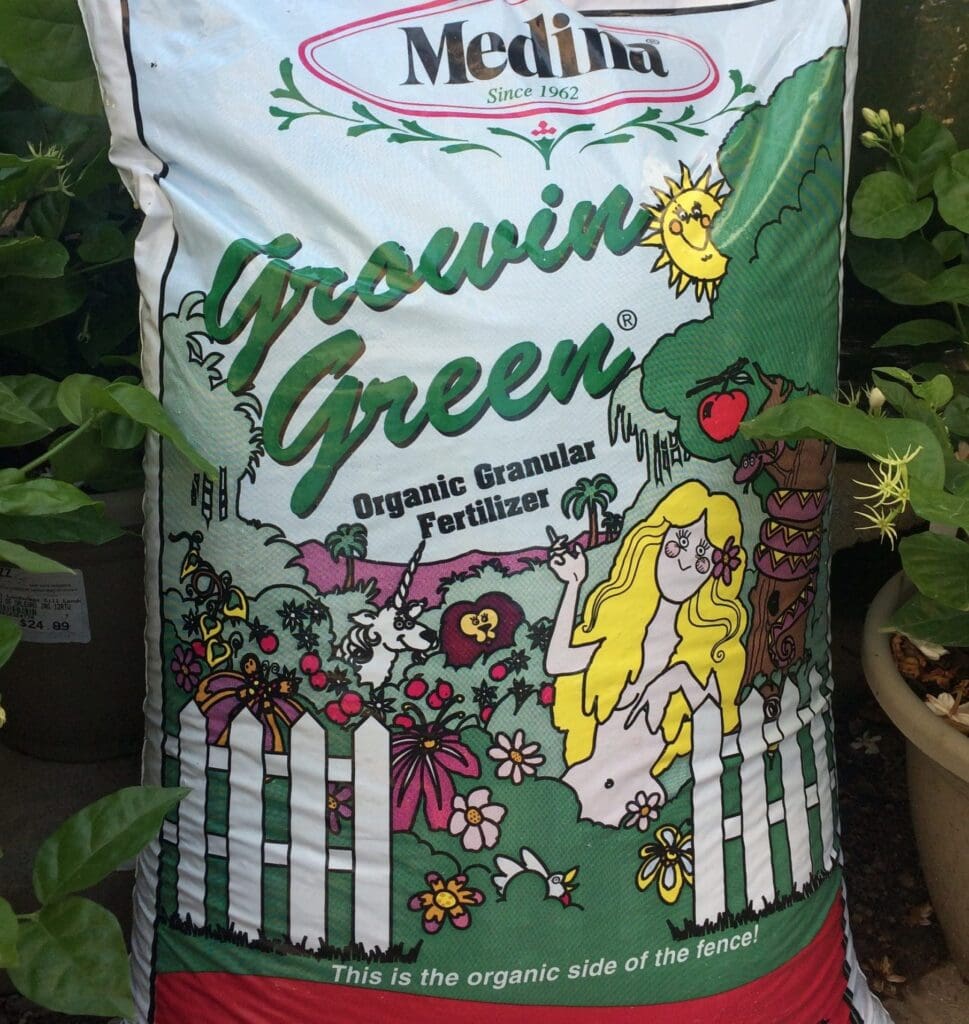



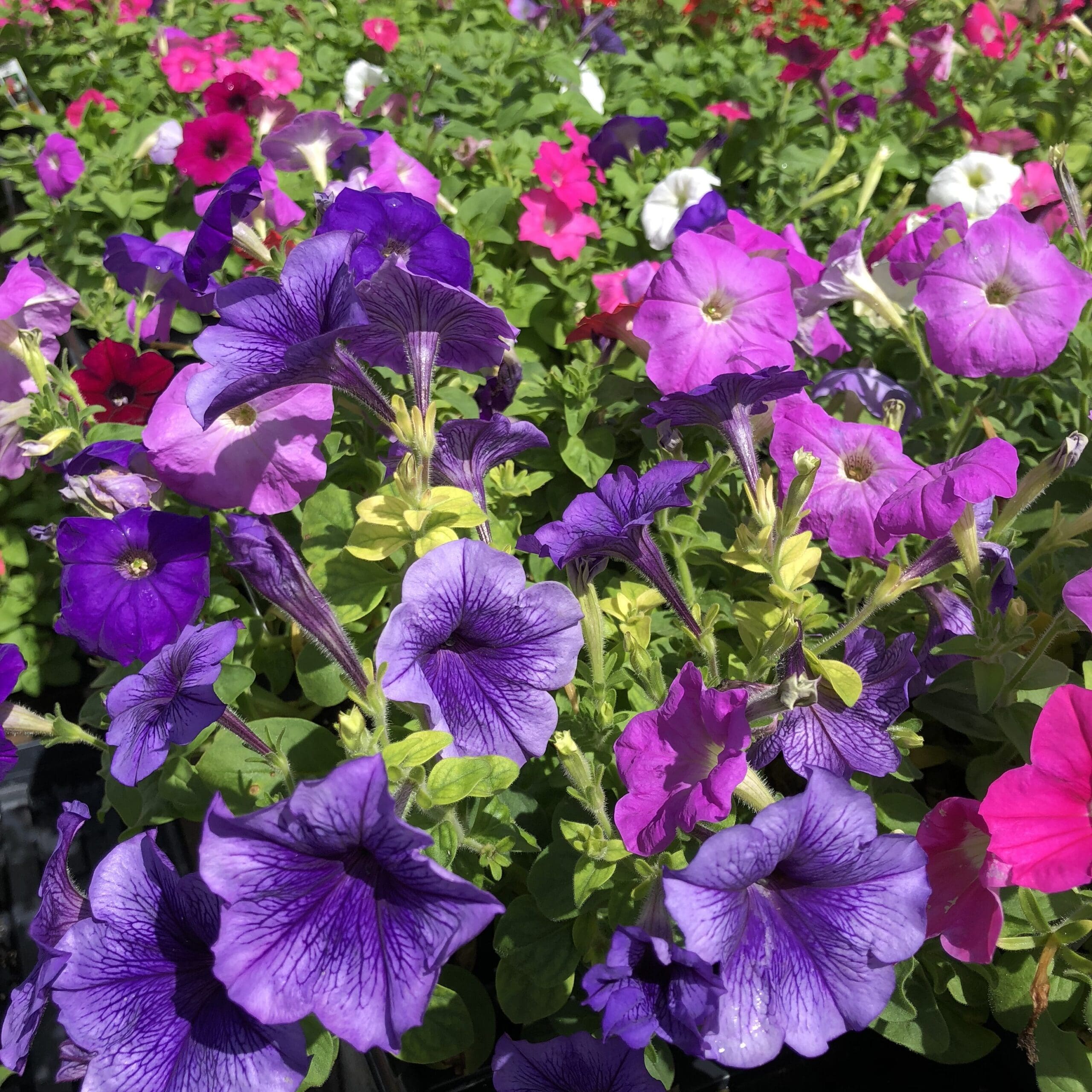






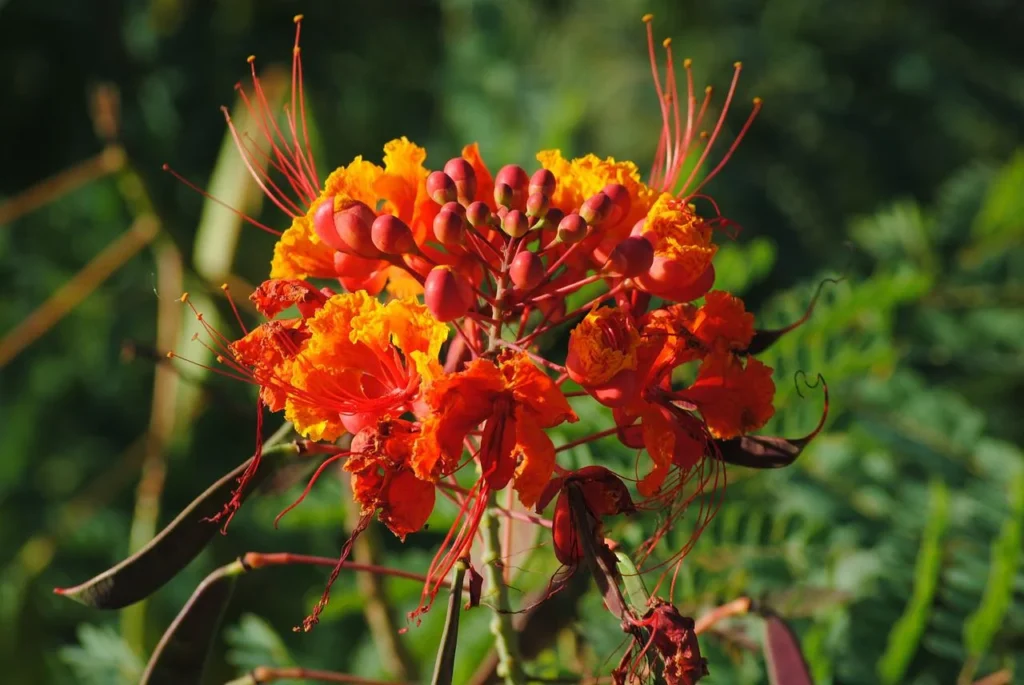
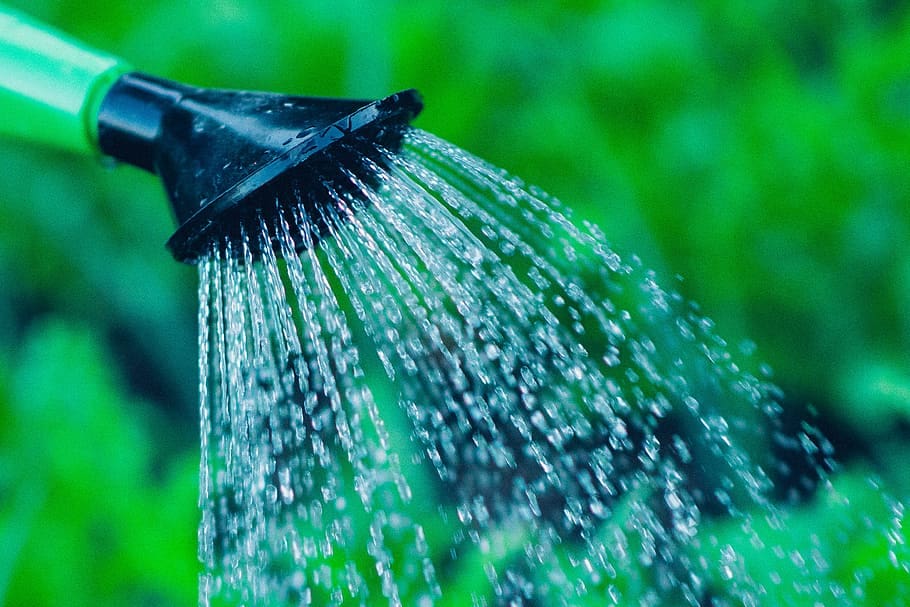
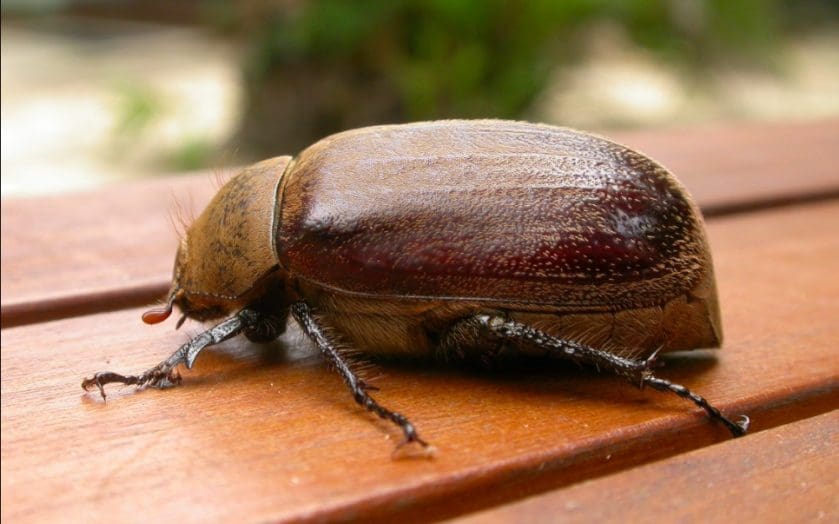
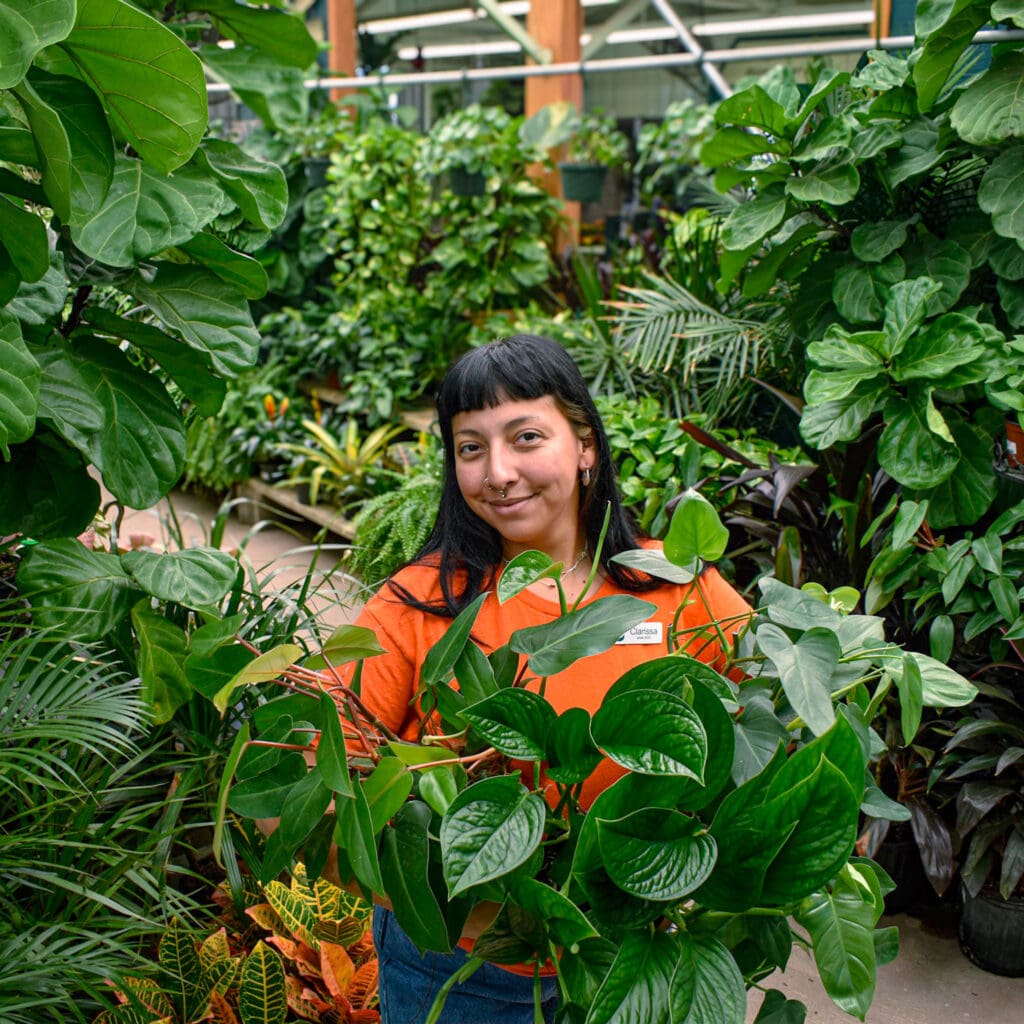


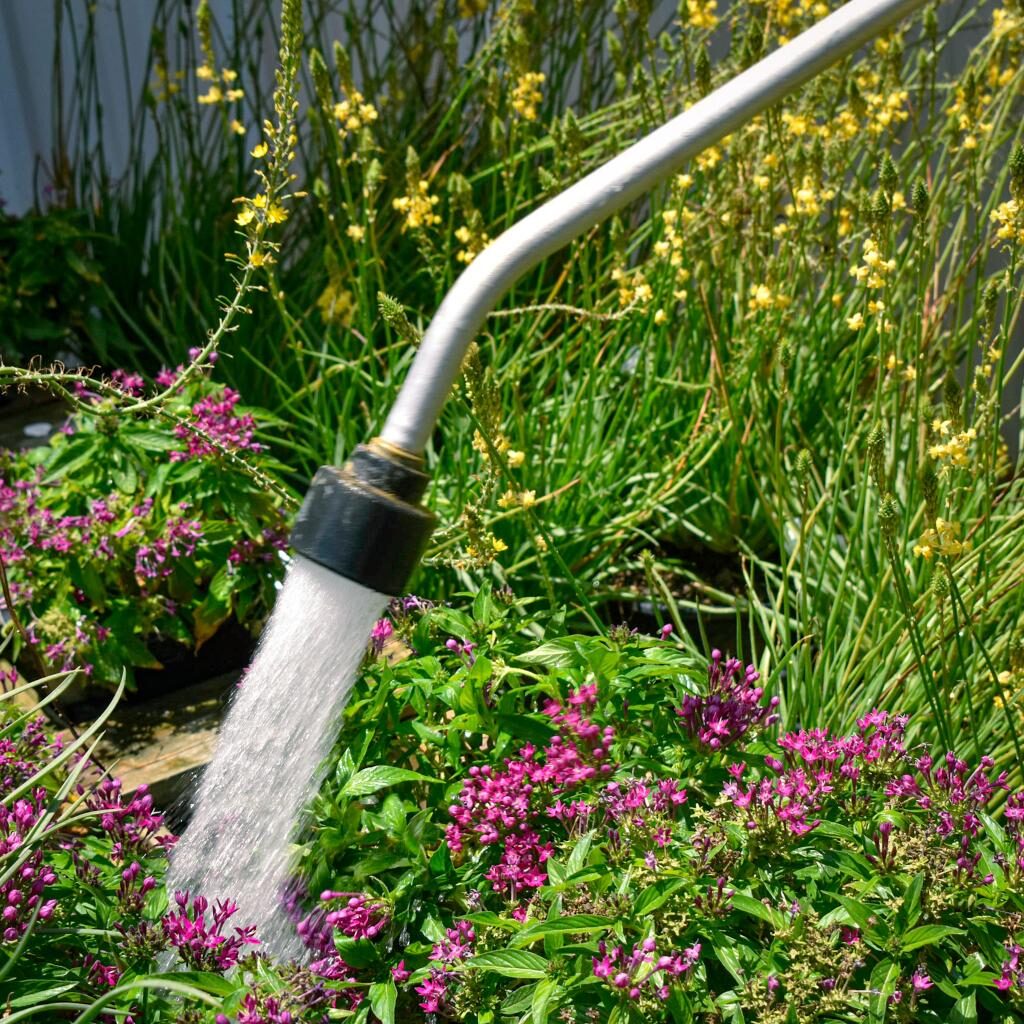

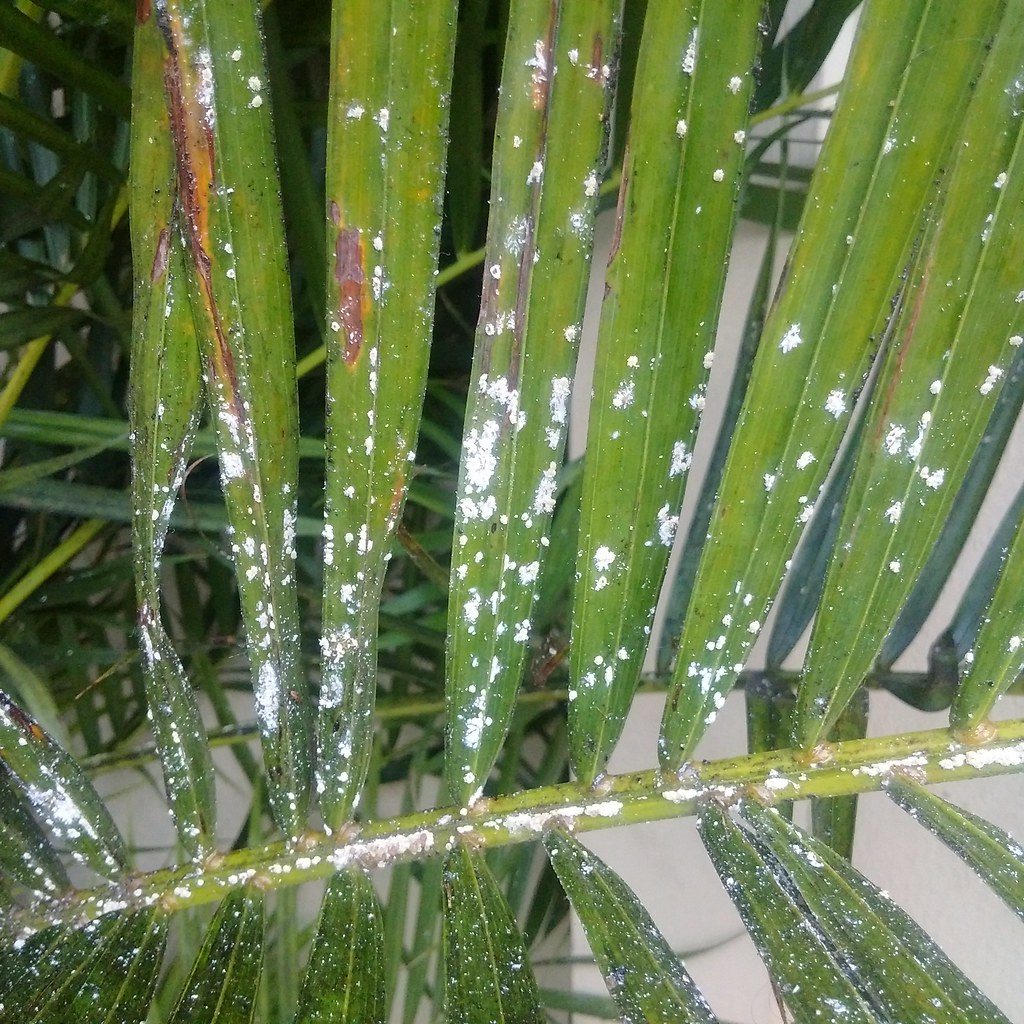 This is what a mealybug infestation looks like!
This is what a mealybug infestation looks like!